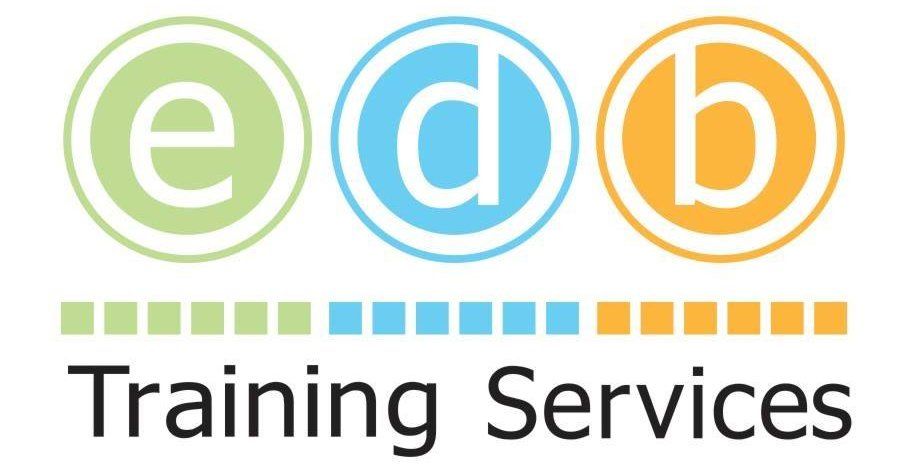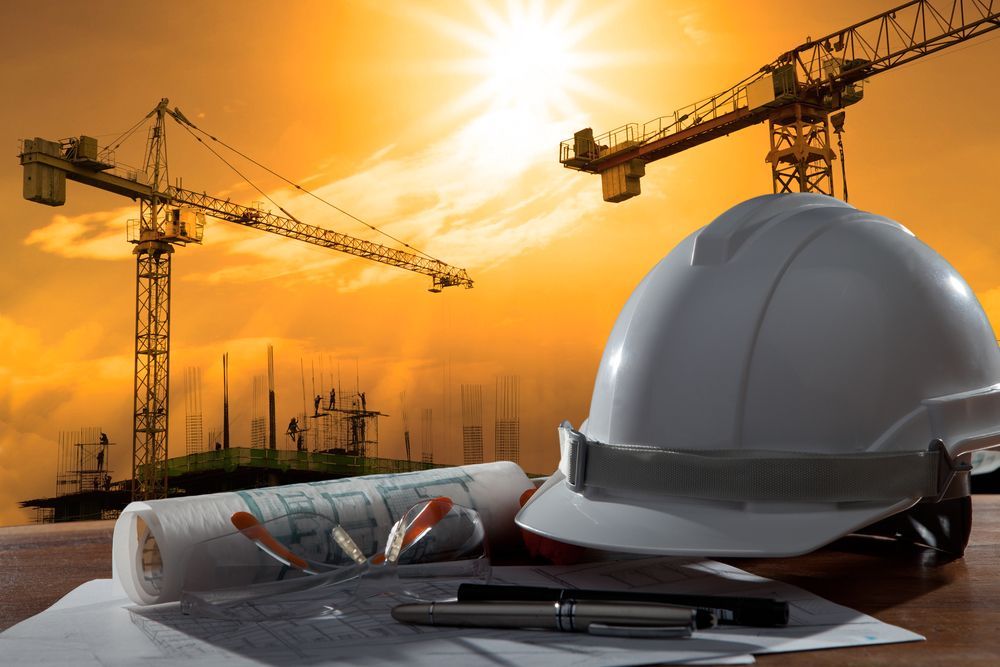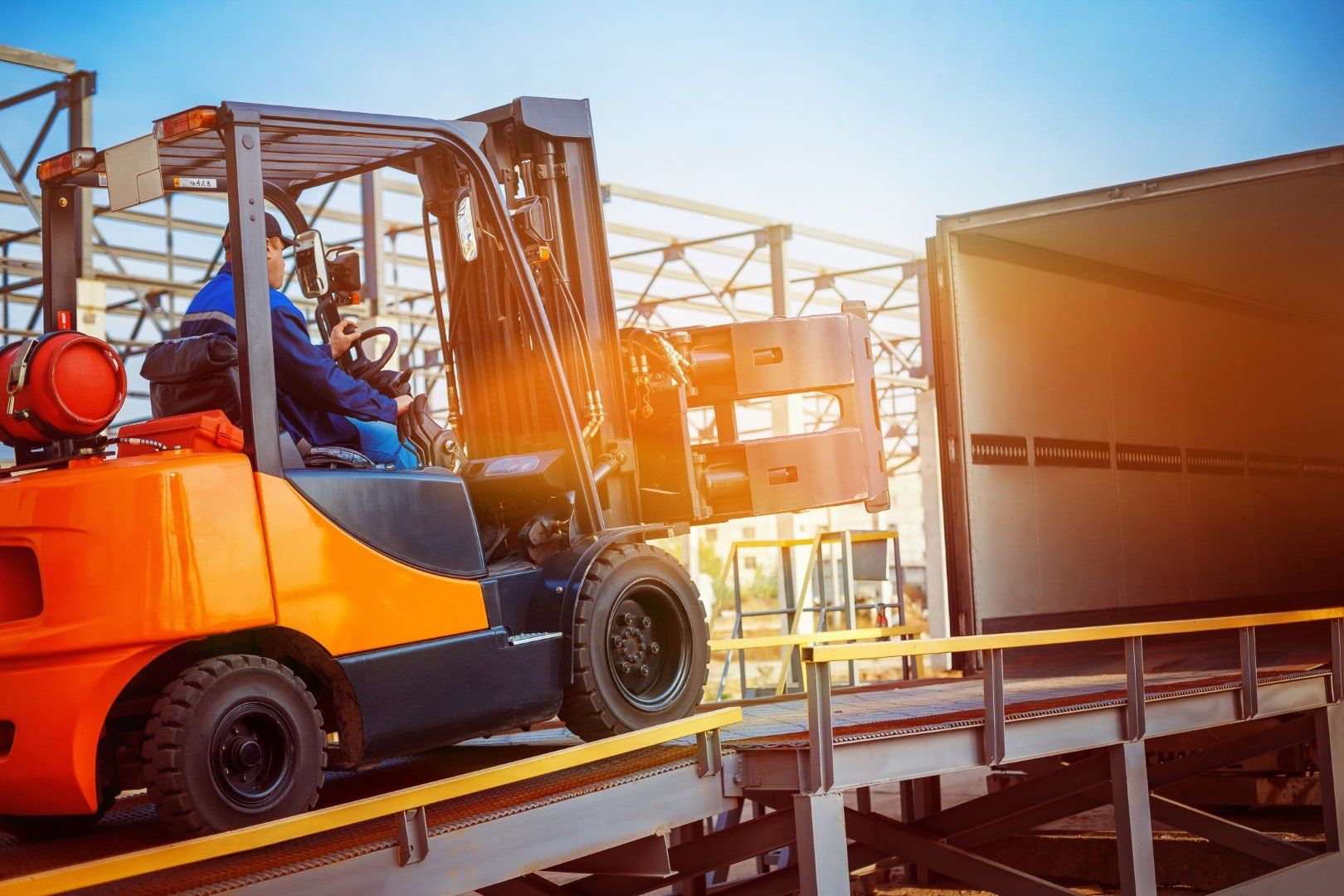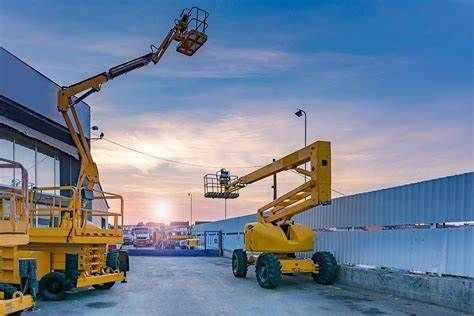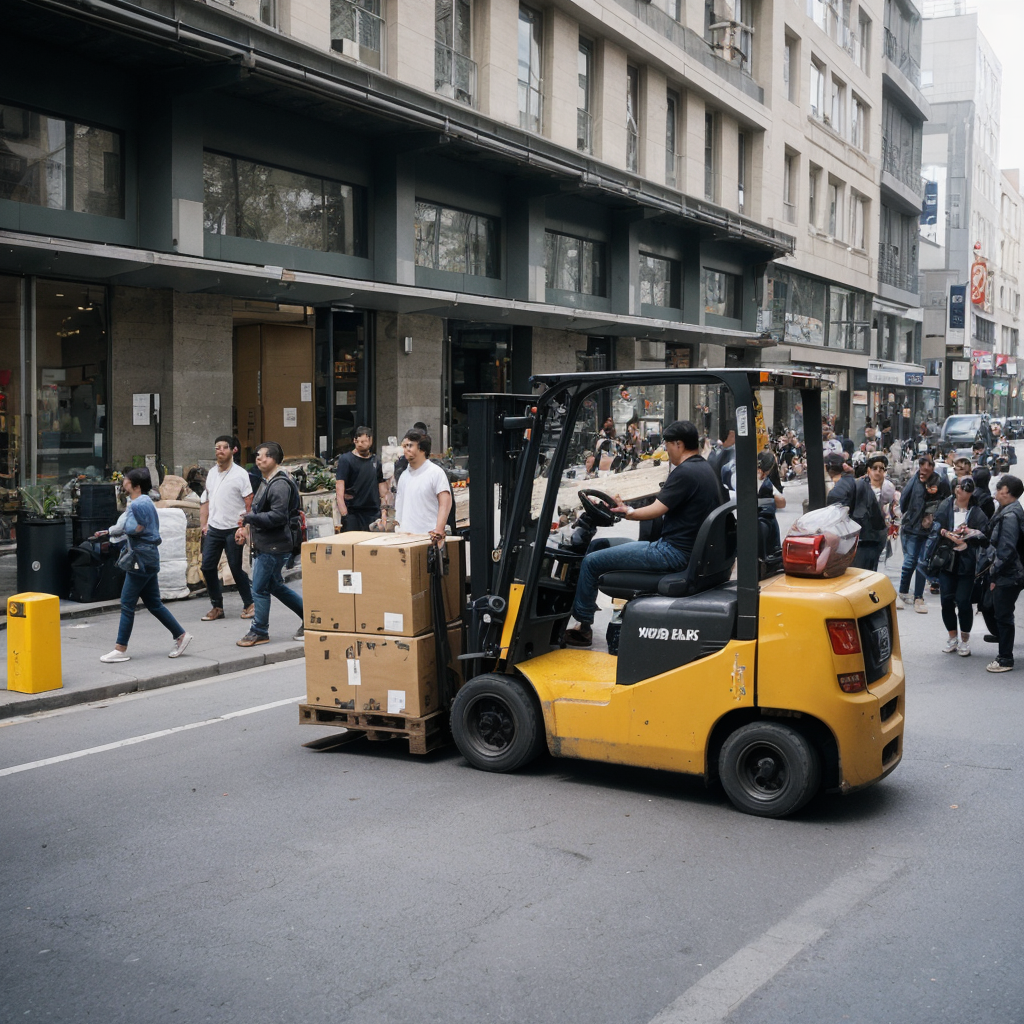Construction Site Safety Queensland - What You Should Know
Improve Your Construction Industry Safety Knowledge

Construction Site Safety Queensland: What You Need to Know
Construction workers in Queensland and all those who oversee construction sites must understand that construction site safety stands as a fundamental principle which guides their entire working lives. Queensland construction sites across Brisbane and Bundaberg operate under some of Australia's most stringent workplace health and safety (WHS) rules. Every person who works at a construction site from managers to labourers needs to know their legal requirements for safety protection.
Here we will present a comprehensive overview of typical construction risks and Queensland laws that apply to site safety as well as detailed work-related obligations for both staff and business entities.
Common Hazards on Construction Sites in Queensland
Every construction site remains dynamic while its conditions persistently change. That means risks are always present. Construction sites contain multiple dangerous conditions which include the following:
1. Falls from Heights
Working at heights using ladders and scaffolding and mezzanines without proper fall protection systems leads to frequent workplace injuries and fatalities.
2. Electric Shock and Electrocution
Improper electrical management of live wires and temporary power systems along with power tools results in serious electrical safety risks.
3. Heavy Machinery and Vehicle Movement
The combination of forklifts together with cranes along with excavators and delivery vehicles produces a dangerous environment where accidents from collisions and runovers become common.
4. Falling Tools or Materials
When objects drop from above they can cause severe head injuries to workers. PPE such as hard hats are essential.
5. Hazardous Substances and Dust
Construction activities that generate respiratory risks including concrete dust and welding fumes as well as solvents and adhesives require proper ventilation systems and personal protective equipment to prevent long-term damage to the lungs.
6. Noise and Vibration
The combination of jackhammers and saws and heavy equipment at high noise levels produces permanent hearing damage which can be prevented by wearing proper protective gear. Prolonged exposure to vibrating tools damages hands and arms over time.
Legislation Governing Construction Site Safety in Queensland
Workplace health and safety in Queensland construction sites receives its primary guidelines from:
✅ Work Health and Safety Act 2011 (QLD)
The legislation details obligations for each construction project participant including business owners and workers. Every person shares the responsibility to maintain safety according to the Act.
✅ Work Health and Safety Regulation 2011 (QLD)
This detailed regulation sets out specific safety practices for high-risk construction work, including fall prevention, scaffolding, electrical safety, confined spaces, and PPE.
✅ Construction-Specific Codes of Practice
Multiple codes of practice derive their authority from the Act and Regulation to support their implementation. These provide practical guidance for:
- Managing the risk of falls
- Manual tasks
- Electrical safety
- Site traffic management
- Excavation work
The Codes function as legal documents which maintain admissibility in court proceedings and compliance investigations.
Workplaces and employers known as PCBU (Person Conducting a Business or Undertaking) have specific duties under Queensland construction site laws.
Under Queensland’s Workplace Health and Safety laws businesses and individuals who oversee construction sites serve as a PCBU. The organisation bears the main responsibility to protect workers' health and safety.
The employer must ensure:
- The workplace needs to offer safe working conditions and appropriate facilities.
- Organisations need to identify risks by assessment before implementing control measures using the risk control hierarchy.
- The establishment of SWMS for high-risk work tasks requires ongoing development alongside their regular maintenance.
- The organisation must supply proper PPE and guarantee workers use it correctly.
- The organisation must deliver appropriate training along with proper supervision and clear instructions to enable workers perform their duties without harm.
- The organisation needs to seek input from both workers and health and safety representatives regarding safety matters.
- All organisations must inform Workplace Health and Safety Queensland about serious workplace injuries or dangerous incidents.
Responsibilities of Workers
Construction workers also have clear legal obligations. The safety obligations extend beyond the responsibility of the boss.
Worker Duties Include:
- Each employee must demonstrate care for their health and safety along with the safety of their colleagues.
- Every worker needs to adhere to all instructions along with training and supervisory guidance.
- Every worker must use PPE correctly by wearing their hard hat and gloves along with boots and hi-vis vest.
- All employees must notify their supervisors about both dangerous conditions and workplace incidents right away.
- Every employee must execute tasks exclusively within their trained capabilities and certified expertise.
All workers who want to access construction sites must present a valid white card
The Role of the White Card in Construction Site Safety
To work on a Queensland construction site you need to present a valid White Card. This proves you've finished the Australia-wide recognised course.
CPCWHS1001 – Prepare to work safely in the construction industry.
White Card Training Covers:
- Risk identification
- Hazard control
- Health and safety legislation
- Communication on site
- Emergency response procedures
- Queensland residents who live more than 100 km from a training provider must complete face-to-face White Card training.
Building a Safety-First Culture
Construction site safety compliance in Queensland extends past the minimum requirements. Building a safety-first culture protects people and drives better productivity. Building a safety-first culture requires four main strategies:
- Holding regular toolbox talks
- Encouraging open communication
- Rewarding proactive safety behaviours
- Providing ongoing training and support
Construction Site Safety Queensland
Queensland takes construction site safety with seriousness because it deserves it. Every day on construction sites features high-risk operations so all site personnel need to know their Work Health and Safety Act 2011 obligations and practice established safety protocols to reduce workplace injuries.
Your safety depends on following basic steps that include understanding the law and following procedures and using proper personal protective equipment and reporting any unsafe situation.
Need your White Card or Safety Training in Queensland?
Choose an accredited training provider like EDB Training Services for white card and safety training needs in Queensland to become both compliant and ready to work safely.
